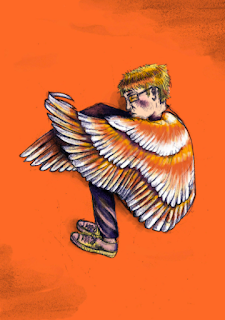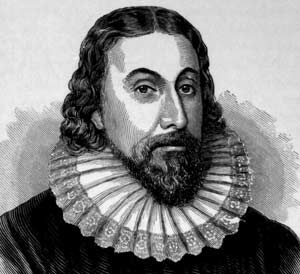"The Swan": A Fantastic Tale, or: A Todorovian Reading of Roald Dahl's Short Story - Essay
"The
Swan" is a short story by Roald Dahl. It tells the story of Ernie, a
teenager who receives a rifle for his birthday, and his friend Raymond. Ernie
and Raymond go hunting in the countryside with the new gun. There they
encounter Peter Watson, a 13-year-old whom the two boys often bully in school.
Ernie and Raymond want to kill a swan sitting on her nest. Peter defends the
bird, and this enrages the boys. They shoot the swan, sever her wings and tie
the wings to Peter's arms. They force him to climb a tree and "fly".
It is not clear whether Peter
actually takes flight, or rather jumps from the tree. There are several clues
in the text which can help the reader decide on an explanation. However, the
answer is by no means clear-cut. This uncertainty is precisely the subject of
Tzvetan Todorov's essay, "Definition du Fantastique", where he
defines the fantastic as a literary genre. According to Todorov, "the [fantastic]
text must oblige the reader to consider the world of the characters as a world
of living persons and to hesitate between a natural or supernatural explanation
of the events described." (33) The fantastic text draws the reader into
the work, and causes the reader to become an active participant in its reading.
"The Swan" is precisely such a text.
The critical reader can try to glean
information from the text in order to reach a conclusion about the nature of
the phenomena within it. "The Swan" begins in an entirely realistic
manner. The story opens with the description of two boys. They are cruel,
certainly, and oafish, but nothing out of the realm of the ordinary. The reader
is engaged, but not provoked by incorporation of supernatural events. The story
continues in this vein for twenty out of its twenty-two pages. It is only very
late in the narrative that a debatably supernatural element is introduced.
Even though the vast majority of the
text is grounded in realism, certain elements on the last two pages indicate
that Peter did fly. Peter "dived toward the light and spread his
wings" (98). It doesn't clearly state that he flies after spreading his
wings. However, "Three different people reported seeing a great white swan
circling over the village that morning, a schoolteacher called Emily Mead, a
man who was replacing some tiles on the roof of the chemist's shop whose name
was William Eyles, and a boy called John Underwood who was flying his model
airplane in a nearby field" (98). One could argue that it was a real swan,
and not Peter, that the eyewitnesses saw in the sky. However, if this were the
case, why would the author incorporate the witnesses' accounts into the story?
Another element in the story that
indicates that Peter actually flew is the height of the tree from which he took
off. "He was very high up, at least fifty feet" (96). After
"Something huge and white came flopping down onto the lawn in her [Mrs.
Watson's] back garden" (98), Peter feels well enough to speak. Fifty feet is
a height equivalent to five stories of a building; it is very unlikely to
survive such a fall, let alone be well enough to communicate afterwards.
"The reader must adopt a
certain attitude with regard to the text." (Todorov 33) It is not a
necessary condition of the Fantastic for the reader to decide upon one
explanation or another. Such is the case in "The Swan". "The
Swan" as a story is lenient enough to accommodate different attitudes from
its readers, according to their relative skepticism, or conversely, faith. This
allows the reader to inject his own world view, his own belief or disbelief and
his own imagination into the text. As such, "The Swan" is indeed a "fantastic"
tale.
Illustration by Joely Dean. Source
Works Cited
1. Todorov,
Tzvetan. The Fantastic: A Structural Approach to a Literary Genre. Ithaca:
Cornell University Press, 1975.
2. Dahl, Roald. "The
Swan," The Wonderful Story of Henry Sugar and Six More". New
York: Puffin Books, 1988.









Comments
Post a Comment
Hey friend! 🌈 I can't help with your assignments but maybe other readers can. Good luck! 🤞